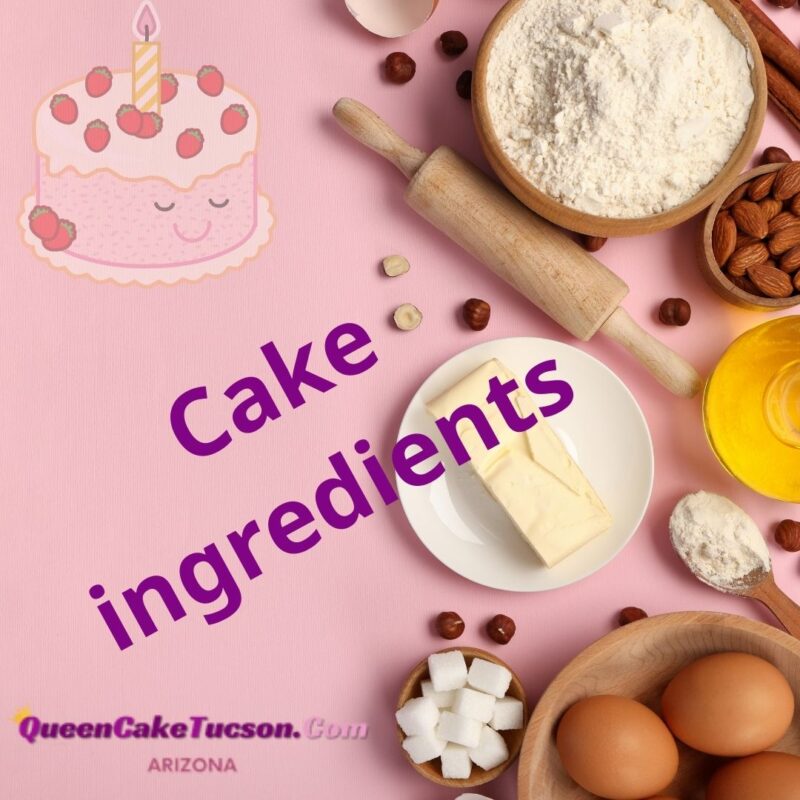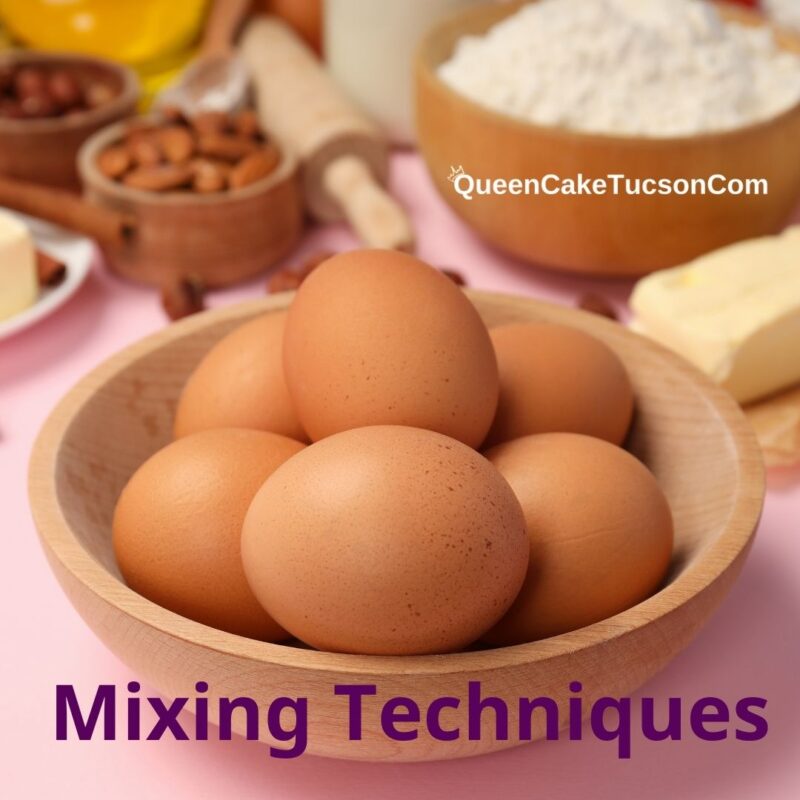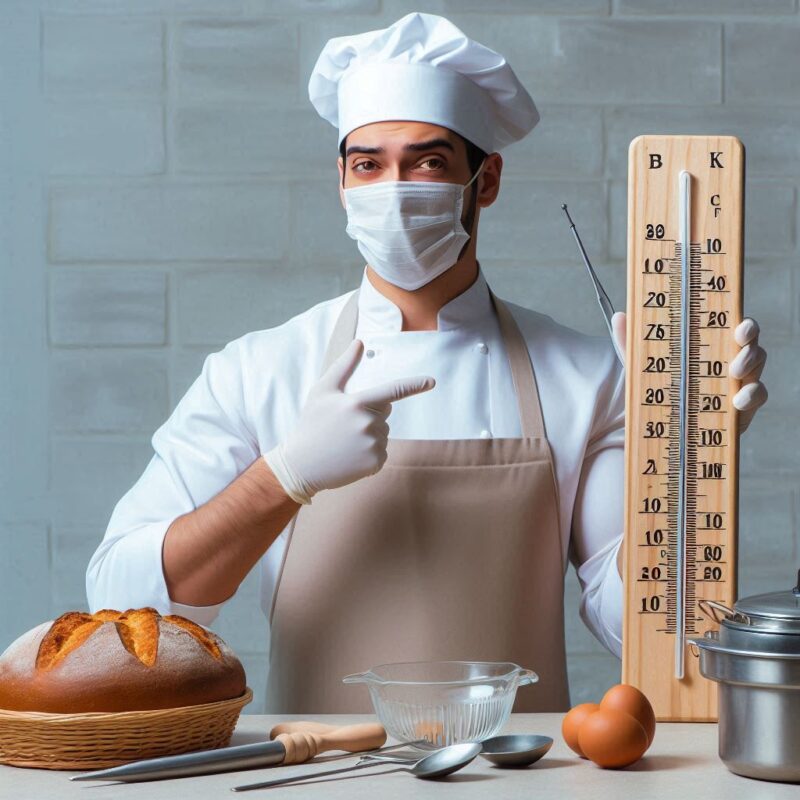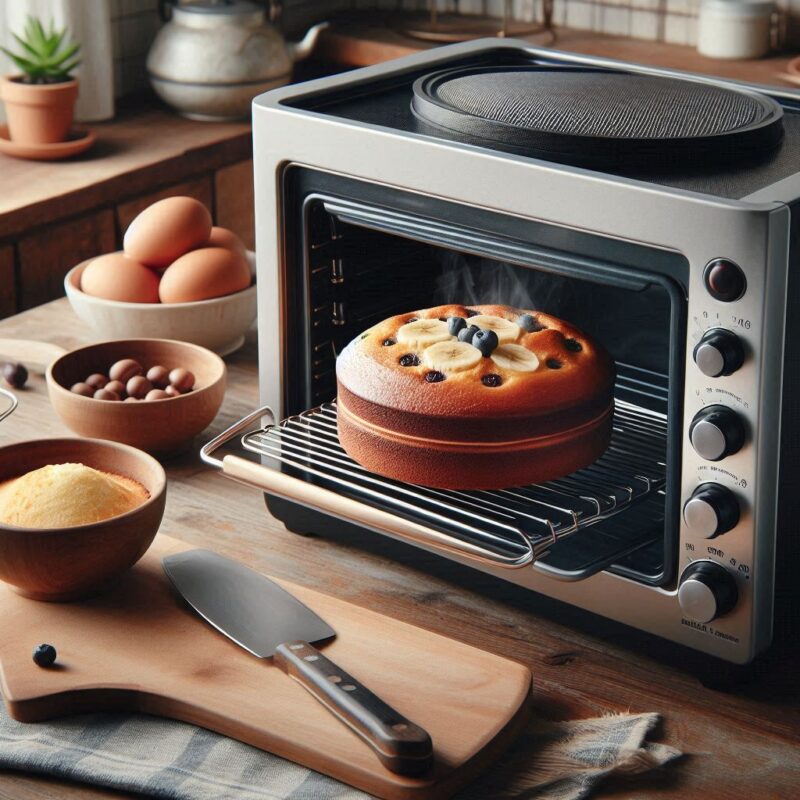The Science of Baking: Secrets to a Perfect Cake Every Time

Ever wondered why some cakes turn out fluffy and moist while others are dense and dry? The answer lies in the science of baking! Understanding the ingredients, mixing techniques, and baking methods can elevate your cakes from ordinary to extraordinary. Whether you’re a novice or a seasoned baker, let’s uncover the scientific secrets that make for a perfect cake every time.
Understanding the Ingredients
Each ingredient in a cake recipe has a specific role, and the right balance can make a significant difference in the cake’s texture, flavor, and moisture content.
Eggs: They act as binders and provide structure, helping the cake maintain its form and stability while also adding richness.
Flour: Provides structure; using cake flour (lower protein content) results in softer cakes, while all-purpose flour creates firmer textures.
Leavening Agents: Baking powder and baking soda create gas bubbles, which cause the batter to rise. Using the right amount is key to achieving the desired height and texture.
Fats (butter or oil): These add moisture and richness, making the cake tender. Creaming butter properly incorporates air, while oil creates denser moisture.
Sugar: Besides sweetening, sugar helps create a tender crumb and aids in caramelization for a golden crust.


Mixing Techniques: Why They Matter
The way ingredients are combined impacts the cake’s texture.
- Creaming Method: Creaming butter and sugar incorporates air, making the cake light and fluffy. The creaming process should be done at medium speed for 3-5 minutes.
- Folding in Flour: Adding flour gradually and folding it gently retains the air in the batter, preventing the cake from becoming dense.
- Egg Incorporation: Whisking eggs separately before adding them to the batter helps create a smoother and airier texture, ensuring a uniform rise.

Baking Temperatures and Times
Temperature plays a crucial role in achieving the right texture and flavor.
- Lower Temperature for Slow Baking: Baking at 325°F results in a more even bake, preventing doming or cracks on the cake’s surface.
- Pan Placement: Cakes should be placed in the center of the oven to ensure even heat distribution.
- Check for Doneness: Insert a toothpick in the center of the cake; if it comes out clean, the cake is done. Also, look for the cake pulling away slightly from the pan’s edges

Cooling and Storing the Cake
Proper cooling is often overlooked but is essential for maintaining the cake’s texture.
- Cooling on Racks: Once the cake is out of the oven, let it cool on a rack for at least 10-15 minutes to avoid a soggy bottom.
- Freezing for Moisture: Wrap the cooled cake in plastic wrap and freeze it for a few hours before decorating to retain moisture and firmness
Troubleshooting Common Baking Issues
Even with the best techniques, issues can arise. Here are common problems and solutions:
Dense Texture: Often due to under-creaming or not enough leavening agents. Ensure thorough mixing and check freshness of baking powder/baking soda.
Cake Sinks in the Middle: This can happen if the oven door is opened too soon, causing a temperature drop.
Crusty Edges: Overmixing or using too much sugar can lead to tough edges. Reduce sugar or mix gently for a softer crust.

Conclusion
Mastering the science of baking opens a world of possibilities, allowing you to create consistently delicious cakes. With the right techniques and understanding of ingredients, each cake can be a delightful success. Ready to put your newfound knowledge to the test? Start baking and enjoy the sweet rewards of your efforts!
Worried about how your cake might turn out?
Don’t stress! Instead, you can order a custom cake from Queen Cake Tucson and leave the baking to us. Whether it’s a specific flavor, color, or design you have in mind, we’ll create the perfect cake for your special occasion and deliver it right to your chosen location. We proudly serve Oro Valley, Arizona, and the surrounding areas. Enjoy a hassle-free experience and let us bring your cake vision to life!
see order-instructions
